The notion of Heal Country – this year's theme for NAIDOC Week – aims to recognise the significance of the land and calls for stronger measures to recognise, protect and maintain all aspects of Aboriginal and Torres Strait Islander culture and heritage.
So for us all to Heal Country, it's important to understand the history of the land in which we reside and its significance to the Indigenous community.
A special thanks go to proud Boonwurrung man and die-hard Sainter Rudi Louis Taylor-Bragge for passing on knowledge about the land now known as RSEA Park, Moorabbin.
Boonwurrung
For thousands of generations, everywhere the St Kilda Football Club has based itself is Boonwurrung Country.
From Junction Oval, down to Seaford and back to Moorabbin, they all reside on traditional lands where incidentally, the game of Marngrook – acknowledged by the AFL as the antecedent to our great game – was played.
Boonwurrung is the name given to the language and traditional people who were the custodians of the land; a clan of the five Eastern Kulin Nations alongside the Woiwurrung, Taungwurrung, Djadjawurrung and Wadawurrung.
Boonwurrung Country stretches around what is now known as Western Port Bay (Warrnmarin), the Mornington Peninsula and Point Nepean (Monmar), around Port Phillip Bay (Naarm) as far west as Werribee, as far east as Warragul, and all the way down to the southernmost part of mainland - Wilson’s Promontory (Yirruk Wamoon).
The land is protected by the creator, Bunjil, who travels as a wedge-tailed eagle, and by Waa, who protects the many waterways and travels as a crow.
Moorooboon/Mooroobin
Moorabbin comes from the Indigenous word moorooboon or mooroobin – believed to be of Kulin language – which means one of either ‘resting place’ or ‘mother’s milk’.
The present-day suburb of Moorabbin received its name in 1909 following changes from the previous South Brighton (1857) and Brighton South (1886).
Given the English translation of the two Boonwurrung words, the flat area of land is believed to have been one of tranquillity and harmony.
This was unfortunately not the case less than five kilometres north, with the once-connected Hurlingham and Landcox Parks the site of terrible massacres of Boonwurrung people in the 1830s.
Today, the location of the Warrowen massacre remains a place of mourning for the traditional people of the land.
Euro Yuroke
Euro Yuroke is the Boonwurrung name for St Kilda. In the traditional language of the region, St Kilda Football Club translates to Euro Yuroke Marngrook Kerrupinon.
The red, white and black called St Kilda and Junction Oval home from its inception in 1873, before relocating to Moorooboon in 1965.
Nestled away behind Junction Oval lies something which has pre-dated both the club and colonisation: the Ngargee Tree, or Corroboree Tree, an impressive red gum estimated to be between 350-500 years old.
The site has been and continues to remain a place of communion and celebration, as well as a source of cultural peace and strength.
To this day, it proudly stands and continues to hold significant spiritual significance to those from Boonwurrung land.
Functioning similarly to the corroboree trees near the MCG, The Ngargee Tree served as a meeting place for all six Boonwurrung clans – Yalukit-Willam, Mayone-Bulluk, Ngaruk-Willam, Yallock-Bulluk, Burinyung-Bulluk and Iowendjeri – as well as the greater Kulin Nation.
Given the tradition and nature of Ngargee (get-togethers), it's not so far-fetched a thought to think our old game of Marngrook would have been played in the immediate areas surrounding these beautiful trees, and that in many ways we are keeping those traditions alive today, together.


